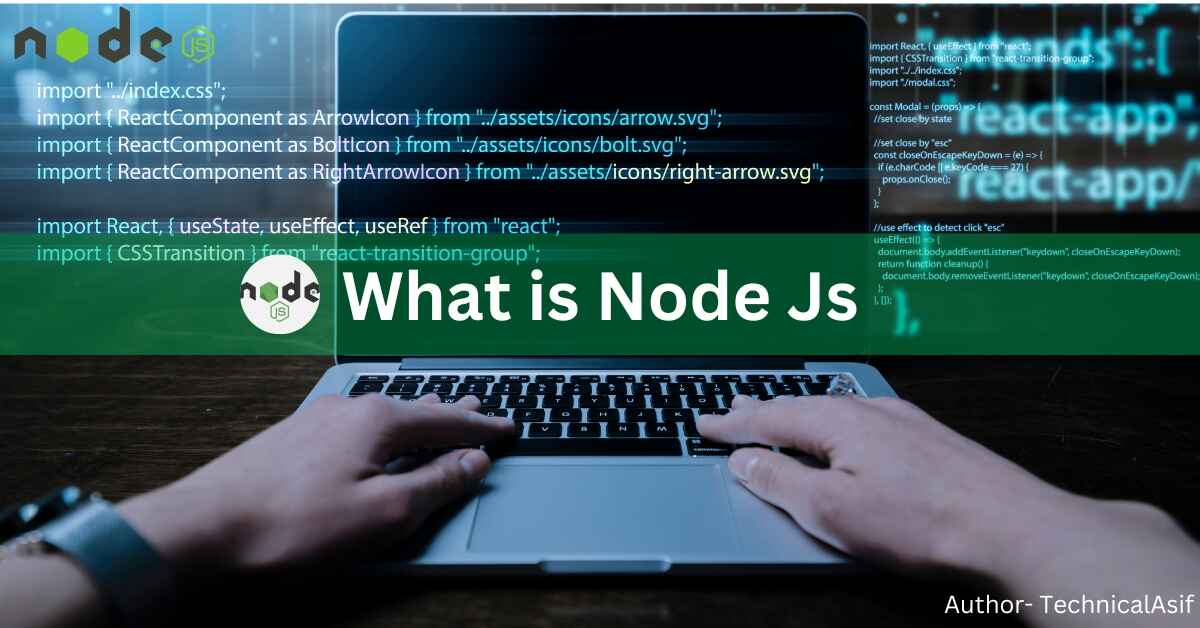In the world of JavaScript, especially in the realm of Node.js, asynchronous programming is fundamental. It's what allows Node.js to handle multiple tasks without waiting for each one to complete before moving on to the next. However, for newcomers to Node.js, understanding asynchronous programming can be a daunting task. Fear not! In this blog post, we'll break down the concept of asynchronous programming in Node.js and explore how it works under the hood.
What is Asynchronous Programming?
In synchronous programming, code is executed sequentially. Each statement waits for the previous one to finish before executing. This approach is straightforward but can lead to inefficiencies, especially in I/O-bound operations where waiting for a response, such as reading from a file or making an HTTP request, can take a significant amount of time.
Asynchronous programming, on the other hand, allows multiple operations to be performed concurrently. Instead of waiting for each operation to complete, the program continues to execute other tasks while waiting for the asynchronous operations to finish. This non-blocking nature is what makes Node.js so powerful, especially for building scalable and performant applications.
Understanding the Event Loop
At the heart of Node.js' asynchronous model lies the event loop. The event loop is a single-threaded mechanism that processes tasks in a non-blocking, asynchronous manner. It continuously checks the call stack for any tasks to execute and processes them in the order they were added.
When an asynchronous operation, such as reading from a file or making a network request, is initiated in Node.js, it is offloaded to the system kernel, allowing the event loop to continue processing other tasks. Once the asynchronous operation is complete, a callback function is pushed to the event queue. The event loop then picks up these callback functions and executes them when the call stack is empty.
Callbacks, Promises, and Async/Await
In Node.js, there are several mechanisms for working with asynchronous code:
Callbacks: Callbacks are functions passed as arguments to other functions, to be executed once an asynchronous operation is complete. While powerful, callback-based code can quickly become unwieldy, leading to callback hell – a nesting of multiple callbacks within one another.
Promises: Promises provide a cleaner alternative to callbacks by representing the eventual completion or failure of an asynchronous operation. They allow chaining multiple asynchronous operations together and handling errors more effectively.
Async/Await: Introduced in ES8, async/await is a syntactic sugar built on top of promises, making asynchronous code look and behave more like synchronous code. It allows developers to write asynchronous code in a sequential, linear fashion, improving readability and maintainability.
Best Practices for Asynchronous Programming
While asynchronous programming in Node.js offers many benefits, it's essential to follow best practices to avoid common pitfalls:
Error Handling: Always handle errors appropriately, whether through try/catch blocks (for async/await) or .catch() methods (for promises).
Avoid Callback Hell: Use promises or async/await to avoid deeply nested callbacks, improving code readability and maintainability.
Use Async Functions: Whenever possible, use async functions and the await keyword to write asynchronous code in a more synchronous style.

Comments (34)
Oliver Colmenares
18 Sep 2017Lorem ipsum dolor sit amet, consectetur adipisicing elit. Dolores reprehenderit, provident cumque ipsam temporibus maiores quae natus libero optio, at qui beatae ducimus placeat debitis voluptates amet corporis.
ReplyCarmen Vegas
18 Sep 2017Lorem ipsum dolor sit amet, consectetur adipisicing elit. Dolores reprehenderit, provident cumque ipsam temporibus maiores quae natus libero optio, at qui beatae ducimus placeat debitis voluptates amet corporis, veritatis deserunt.
ReplyOliver Colmenares
18 Sep 2017Lorem ipsum dolor sit amet, consectetur adipisicing elit. Dolores reprehenderit, provident cumque ipsam temporibus maiores quae.
ReplyOliver Colmenares
18 Sep 2017Lorem ipsum dolor sit amet, consectetur adipisicing elit. Dolores reprehenderit, provident cumque ipsam temporibus maiores quae natus libero optio.
Reply